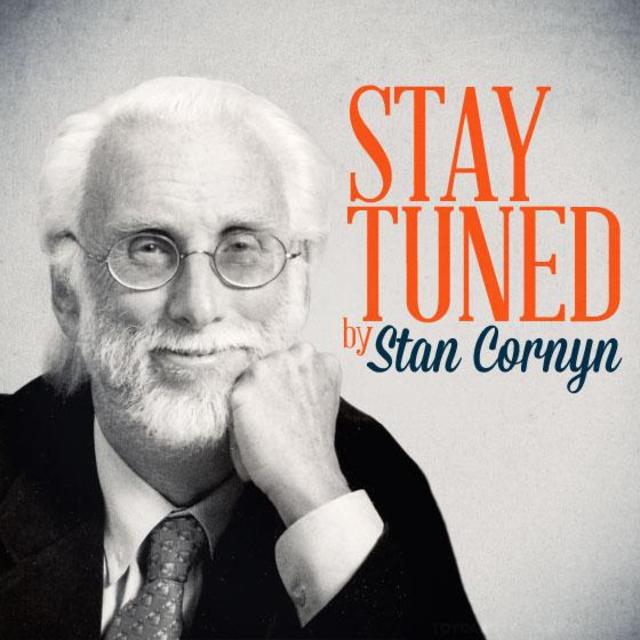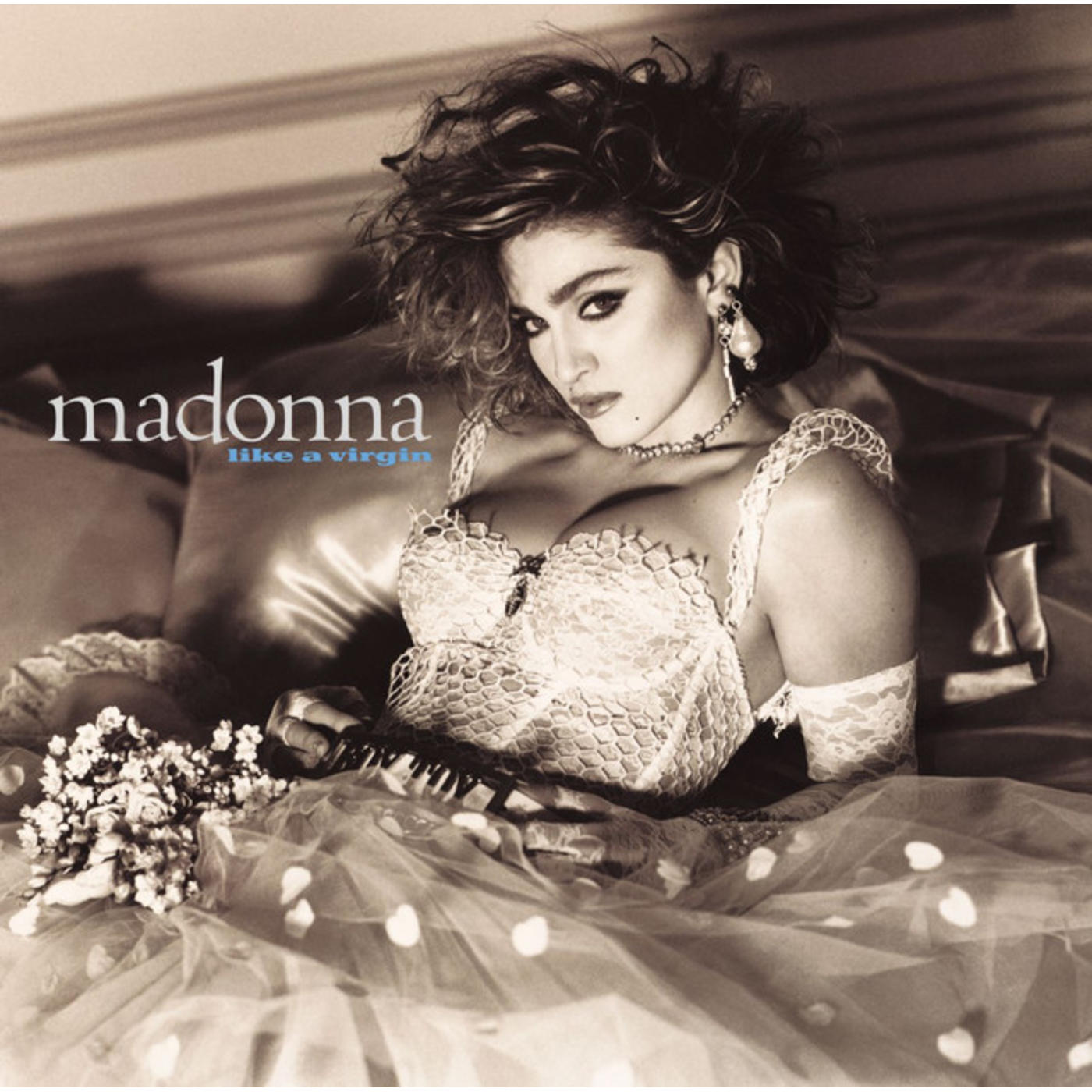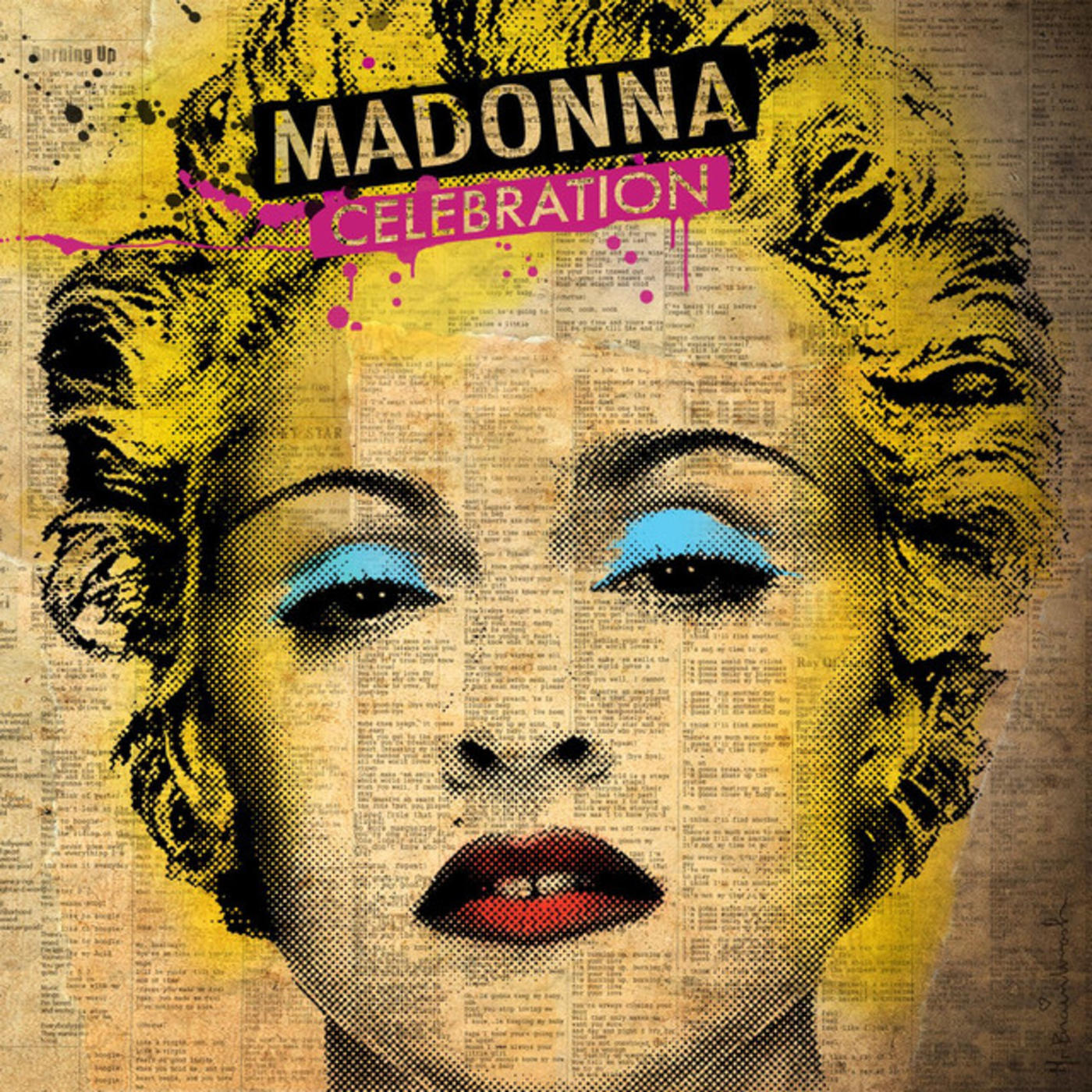Stay Tuned By Stan Cornyn: Madonna, Briefly Virgin

Every Tuesday and Thursday, former Warner Bros. Records executive and industry insider Stan Cornyn ruminates on the past, present, and future of the music business.
1981-86
Seymour Stein, the talent-eager executive who’d run his Sire Records label alongside Warner Bros. Records for what seemed like decades, was bedded down in a NY hospital this week in ‘81. Heart surgery recovery. Knock-knock on the door.
In came one of his young Sire fellows who were hired to be out in the clubs, night after night ‘til 2 in the morning, hunting new talent. The fellow, Michael Rosenblatt, brought Seymour a tape he’d been given the night before by the Danceteria Club’s disco re-mixer/DJ, Mark Kamins.
Kamins had made the demo for a single-named young singer with evolving hair colors. She and her boyfriend, drummer Stephen Bray, had formed a band named Emmy. Off nights, she hung out at Danceteria, hoping for some break for a career. There, her tape was handed from Kamins to Michael Rosenblatt. Kamins suggested Rosenblatt set up a meeting between Seymour Stein and this girl.
On the tape box was the singer’s name: Madonna Ciccone (chi-KOH-nay).
Hearing that tape, Michael said he’d sign her to Sire, but first had to check with his boss. “Can you wait?” he asked her. “Sure,” she answered. She’d been waiting, it felt like, for years. She was 23 already.
In the hospital room, Seymour Stein lay bored and was ready for anything, especially a new find. Hearing it, he almost sat up. He was absolutely into new talent himself, and an opportunist. A grown-up, to be sure, but the kind who’s out most nights at clubs or standing up on his chair at concerts.
Seymour told Rosenblatt he wanted him to bring the Madonna girl to the hospital. Right now.
Waiting for their return, Seymour shaved and put on a robe that didn’t smell.
Meeting Madonna
Madonna Ciccone, having waited most of those 23 years, was keeping her eye out for Rosenblatt’s return. Michael had even mentioned that his dad, Eddie, worked at Sire’s distributor, Warner Bros. Records. So it was one more of those waits Madonna felt “promising.”
She needed attention. Back where she’d come from, Bay City, Michigan, she’d been somewhere in the middle, the third of six children, her mother having died when she was five, living adrift, “a lonely girl who was searching for something. I cared about being good at something. I didn’t shave my underarms and I didn’t wear make-up like normal girls.”
Attention was her need. In high school she’d performed cartwheels and handstands in the hallways between classes, dangled by her knees from the monkey bars during recess, pulled up her skirt during class – all so that the boys could see her underwear.
In 1978, she stopped school, moved to New York City, and started work as a waitress at Dunkin’ Donuts. She also worked as a back-up dancer. Then started the group Emmy.
The Sire Deal
Which brings us to this afternoon, waiting for the return of Michael Rosenblatt from his boss’ meeting about that tape. “Right now,” Rosenblatt repeated. They moved fast to the hospital.
Escorted by Rosenblatt, this girl using just a first name walked into Seymour Stein’s hospital room.
“I want to sign you. Who’s your manager?” Seymour asked. Madonna had none. No answer. Stein wanted artists who had managers. He called a first class one: Freddy DeMann, who’d recently been let go by Michael Jackson and the Jackson Family.
DeMann showed no interest. Seymour insisted: “Freddy, oh, my God, do yourself a favor and do me a favor, this one is going to be a star.”
“Seymour, what do you know about stars, you and your rock and roll bands? What’s the name of this act?”
“Madonna,” Seymour answered.
“Okay,” said DeMann. “Send them over.”
The deal was made. Just two singles; no big investment ($15,000 for the two) until something proved valuable.
The first Madonna single came out in October, 1982: “Everybody.” Sire/Warner did its promotion, although a Sire disco single didn’t get max attention when it’s in a new-singles-promotion pile with Rod Stewart-George Harrison-Steve Winwood and even the Tom Tom Club. But Madonna and Sire kept at it, and “Everybody” turned them toward disco beats.
Air Play and…Yes! An Album
Then five months later, March 1983, a second Madonna single: “Burning Up.”
Burn up here:
Both became hits in dance clubs, and by now there’s a chart for those: the Billboard Hot Dance Club Songs chart, on which “Burning Up” became #3.
Time for an album. We’ll name it … Madonna.
Making Madonna took crew up-shaking, but Madonna had her hands on the shaker. She replaced the album’s first producer, Reggie Lucas, with her new boyfriend “Jellybean” Benitez, who re-mixed most of the already-done tracks. He also produced her third single, “Holiday,” which became her first “global” hit.
The album’s sound was original, and all Madonna’s: synthetic disco, dissonant, speedy, with artificial instruments like an OB-X Synthesizer, Moog electronic bass, the Linn drum machine.
Released in July, Madonna worked slowly up the charts, up to #8 on Billboard’s 100 chart after six months of being discovered. Discovery included two more hit singles: “Borderline” and “Lucky Star.”
“Like a Virgin”
By now, Seymour Stein had left the hospital. His Sire Records was a-roar in these 1980s, having been the birth daddy not only for Madonna (now getting to be its biggest act ever), but also Ice-T, Depeche Mode, Echo & the Bunnymen, The Pretenders, and The Cure. For Warner Bros. Records, Sire (which Warner had bought from Stein in 1978) felt like a very good son, and Madonna, a very good treat.
Attention was paid to that NEXT album, and Madonna was clearly in charge now. She’d started being her own stylist, wearing lace tops, skirts over Capri pants, fishnet stockings, crucifixes, and bleached hair.
Her second album, out in November, 1984, became her first #1 album on the Billboard 200, with its title track, “Like a Virgin,” topping the Billboard 200 for six weeks in a row.
Controversy followed all the attention to “Like a Virgin,” both single and album. People and their Orgs complained about how it was promoting pre-marital sex and demeaning “family values.” Those foes tried to get the song and its video banned.
Check out a live version of "Like a Virgin":
Madonna fought back:
“I was surprised by how people reacted to ‘Like a Virgin’ because when I did that song, to me, I was singing about how something made me feel a certain way – brand-new and fresh – and everyone interpreted it as ‘I don’t want to be a virgin anymore. Fuck my brains out!’ That’s not what I sang at all. ‘Like a Virgin’ was always absolutely ambiguous.”
Sire/Madonna proceeded out on The Virgin Tour in 1985. She released more hits from the album: “Angel” and “Dress You Up.”
Watch a version of "Dress You Up" from 1985:
And most memorably: “Material Girl”:
Some boys kiss me, some boys hug me
I think they're O.K.
If they don't give me proper credit
I just walk away
They can beg and they can plead
But they can't see the light, that's right
'Cause the boy with the cold hard cash
Is always Mister Right, 'cause we are
Living in a material world
And I am a material girl
You know that we are living in a material world
And I am a material girl
That July both Penthouse and Playboy magazines published nude photos of Madonna, taken back in 1978 when she posed for about $25 a session.
That was very “back then.” She has now (1986) a first husband to show off – actor Sean Penn – and much more career to come, including acting, publishing her book Sex, hits a-plenty, clothing lines, and her own record label …
- Stay Tuned


